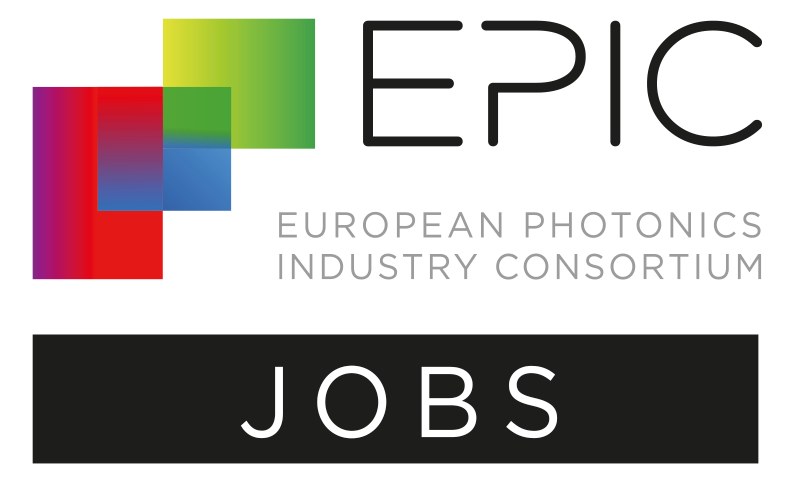The CEA wishes to develop a numerical approach to take into account the physical phenomena involved and thus predict the infiltration of the binder. The internship will consist of scanning the most relevant accessible numerical methods to simulate infiltration in a powder bed. Typically, this will involve attempting to set up a DEM/SPH coupling (discrete methods) or a finite element – discrete element coupling. One of the objectives will be to be able to validate the numerical method chosen by experimental measurements of wettability of the powder (Washburn method) according to different conditions (properties of the binder, properties of the powder, effect of temperature). The subject is aimed at a candidate who has a strong interest in the development of digital tools (codes, calculations) around the theme of materials sciences. A taste for metal additive manufacturing (3D printing) is recommended since the candidate will work within a laboratory where this is the main theme.
